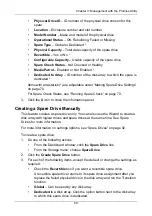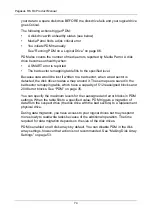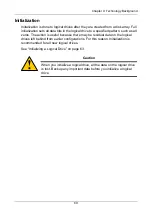
Chapter 4: Technology Background
79
RAID 1E – Enhanced Mirror
RAID 1E offers the security of mirrored data provided by RAID 1 plus the added
capacity of more than two physical drives. It also offers overall increased read/
write performance plus the flexibility of using an odd number of physical drives.
With RAID 1E, each data stripe is mirrored onto two physical drives. If one drive
fails or has errors, the other drives continue to function, providing fault tolerance.
Figure 3. RAID 1E can mirror data over an odd number of drives
The advantage of RAID 1E is the ability to use an odd number of physical drives,
unlike RAID 1 and RAID 10. You can also create a RAID 1E Logical Drive with an
even number of physical drives. However, with an even number of drives, you
obtain somewhat greater security with comparable performance using RAID 10.
RAID 1E logical drives consist of three or more physical drives. You can create
an array with just two physical drives and specify RAID 1E. But the resulting array
is actually a RAID 1.
Recommended Applications for RAID 1E:
•
Imaging applications
•
Database servers
•
General fileserver
Advantages
Disadvantages
•
Implemented as a mirrored disk
array whose segments are RAID
0 disk arrays
•
High I/O rates are achieved
thanks to multiple stripe
segments
•
Can use an odd number of disks
•
Very high disk overhead – uses
only 50% of total capacity
Physical Drives
Enhanced Data Mirrors
















































